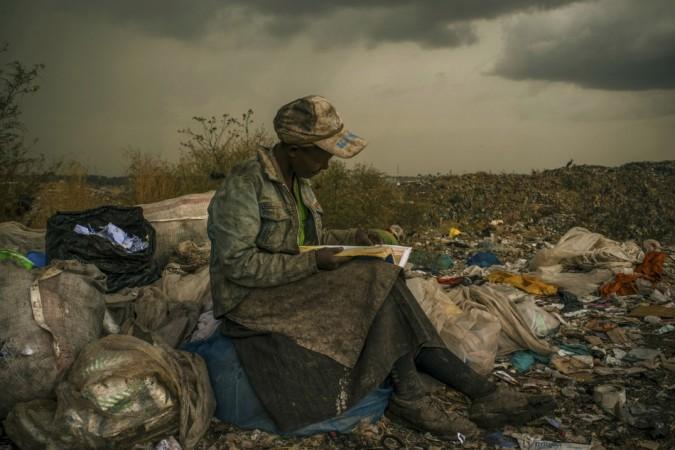
Humans have the innate ability to pollute and make every place a garbage dump, from the highest peak on the planet to the deepest trench in the ocean, there is a trail of garbage everywhere. This is also true for space where there are pieces of junk travelling at thousands of kilometre per hour in low Earth orbit. The Moon is no exception. Only 12 people have set foot on the Moon, but there is quite a bit of trash there, including at least two vehicles.
Humans now want to travel to deep space and reaching Mars is definitely going to happen within this generation, if both NASA and SpaceX are able to keep their plans on track.
According to a report by NASA, astronauts working on the International Space Station (ISS), the closest humans have come to living in space, between every resupply mission, when capsules are sent back down to Earth, they take up to about two tonnes of trash and burn it during re-entry.
Burning trash is not an option for deep space manned missions, notes NASA. As humans travel further and further away from Earth, there will be no chance for supply missions to actually remove trash and bring stuff in, so there is an urgent call for technology that can help with trash management. The space agency has called for industry support in developing this tech.
The space agency points out that storing trash on board a long distance spaceship has both logistic limitations as well as create biological hazards for the crew on board. Storing trash on board also has negates the option of extracting and repurposing leftover resources.
NASA wants the tech to be solve several issues at once - trash needs to be compacted, biological and physical safety concerns need to be met, and trapped resources need to be repurposed as well, says the report. Having said that, the space agency has also said that there are many existing technologies that private researchers can use. The Heat Melt Compactor and trash to gas methods were mentioned.
The solicitation was issued through Next Space Technologies for Exploration Partnerships (NextSTEP).









